
12 minute read
IT’S TIME FOR SHARING Jerry Faulring
Maintaining and Improving Soil Health in a Field Production Nursery
Tilling to improve soil health
Advertisement
Soil preparation is the starting point for any field production nursery. The soil you’ve got and what you do with it to maintain or improve soil health is directly tied to success as a grower. It is the key to growing consistently high value plant material.
In this article, we are going to look at how soil regeneration and tillage techniques can improve soil health and maximize the value of plants. There are hundreds of different soil types. That’s all been plotted through soil surveys by the USDA Natural Resources Conservation Service and posted online at the Web Soil Survey. Soil types are made up of sand, silt, and clay. Sandy soil is a problem. It doesn’t hold moisture–which makes it difficult to develop a dense root system. Also, when the soil is too sandy, it is a real challenge to dig a root ball that won’t fall apart before it can be wrapped. Heavy clay soil poses the opposite problem. Clay soils hold too much moisture for too long a time, and if they happen to dry out, they become hard like concrete.
Almost all growers have to deal with some version of soil that’s too much of this or not enough of that. At least some growers have a favorable balance of sand, silt, and clay. Most plants prefer a silty loam. Here at Waverly Farm, we’ve got silty clay loam. That dash of clay in the mix tips our soil toward the heavier side of the scale. But in nursery production, a heavier soil is desirable because the root ball holds together a lot better when dug and later during transport. Building Soil Structure — Enriching with Organics
If one has less than perfect soil, one of the significant issues may be the lack of organic matter. It can be modified through organic amendments or, if one has the
There are hundreds of different soil types.
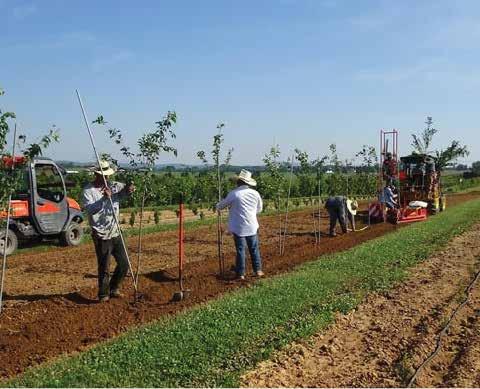
IT'S TIME FOR SHARING (Continued)
acreage, through fallow rotations with cover crops. For example, some growers produce a high-volume cover crop that contributes up to a hundred tons per acre of organic matter. They mow it down and work it into the soil.
There is another way to develop healthy soil composition: Compost. Compost provides a tremendous source of organic matter to feed plants. It’s broken down by microbes in the soil and eventually becomes humus. Building soil volume and quality this way takes a long, long time and a single-minded commitment.
Compost versus humus.
There is confusion over the relationship between compost and humus. Compost is the parent material of humus. As organic matter decomposes it mineralizes to produce nitrogen, phosphorus, and potassium as well as a wide range of micronutrients which is variable dependent on the source material. The nutrients become available for plant uptake. When the organic matter is fully decomposed it is gone and must be replenished for the process to start over again. How long it takes to disappear is dependent on the variable mineralization rates. The residue of this process is humus. Humus is comprised of three major components: fulvic acid, humic acid and humin (the black residue of decomposition). Humus remains in the soil forever. Humus is the catalyst for topsoil production. There is more magic in humic acids. Plant roots are negatively charged while nutrients are positively charged (cations). When roots absorb nutrients, they create a depletion zone in the vicinity of the root system. Humic acids then transport available nutrients from nearby soils to the root zone to replenish the zone of depletion. When we started growing at Waverly, the soils were on average about 2.5% organic matter. Now we're up to nearly 3.5% percent in many areas. Keep in mind we started amending with organics only in 2004.
In the absence of organic matter and humus, we find it necessary to artificially provide fertilizer. This could come from new organic matter, but we have been taught (I was taught in ag school) that it is much more efficient to deliver inexpensive synthetic fertilizer. This created the ‘dog chasing its tail’ scenario we are now living with for most of the agricultural soils of the world. We depleted what naturally occurring organic matter that may have existed, did not replace it, and are now obligated to make the situation worse by pouring on what has become very expensive synthetic fertilizer. This same circumstance

exists in our landscapes, lawns, nursery fields, and farms. Background of why we use Organic Matter.
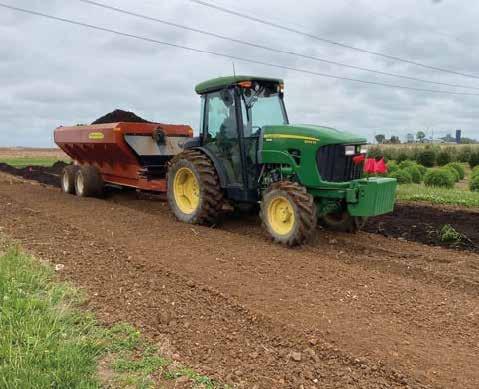
I was trained as an agronomist in the late 1960’s. I went to a good school and to my recollection the focus was not on organic matter mineralization. The focus was on increasing crop yield with synthetic fertilizers. Mineralization is now a topic that dominates my thinking in the nutrient supply system we implement here to produce ornamental trees and shrubs. We stopped using synthetic fertilizer in 2000. In 2005 we started the current program of amending our soils with OM with several then unconfirmed expectations: 1. provide a natural alternative source of plant nutrition to prevent winter injury, 2. build soils to replace what is being sold with our plants – up to 5,000 tons per year, and 3. an expectation to reduce irrigation requirements to conserve water and save energy. When we started growing at Waverly, the soils were on average about 2.5% organic matter. Now we’re up to nearly 3.5% percent in many areas. Keep in mind we started amending with organics only in 2004. 3.5% may seem like nothing compared to 7% and 8% organic matter topsoil that evolved over thousands of years in the Great Plains. But even a 1% gain makes a huge difference. Characteristics of a Healthy Soil Foodweb per Gram of soil
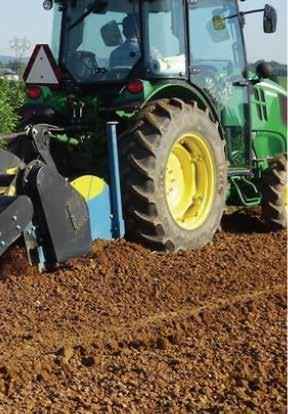
• 15,000 to 20,000 bacterial species • 150 to 300 meters of fungal biomass • 5,000 to 10,000 fungal species • 10,000 protozoa • 20–30 beneficial nematodes: bacterial-feeding, fungal-feeding, predatory • 200,000 arthropods per square meter
Source: Dr. Ingham and Soil Foodweb, Inc.
Compost versus humus
Soil Management — Preventing Erosion
The organic matter provides a sponge-like base, so water is more likely to infiltrate than to carry soil away. With normal rainfall, runoff will be limited.
It’s also a good practice to maintain grass strips between planting rows. It gives another layer of protection that prevents soil from being lost to erosion. The grass strip absorbs rainfall much better than a hard
surface or a bare surface. That’s why we have 50 acres of production land set aside for grass. There is an operational downside to 50 acres of grass. I estimate it costs us $1900 in labor equipment and fuel to mow the farm one time. Yet, if we prevent the loss of thousands of tons of soil, we work so hard to build and achieve the benefit of higher water infiltration, it’s a win.
For soil preparation we use a low RPM spade plow that goes down twenty inches. The first pass levels and fills holes left behind from harvesting and incorporates surface debris into the soil. Then we apply the compost at 250 tons per acre each time we plant and give it one more pass with the spade plow to mix the mineral rich deep soil with the compost. The low RPM machine gently cultivates the soil while maintaining the particle size. A desirable soil is made of particles, not just fine grains of sand, silt, and clay. This is called friability. Friable soils have a crumbly structure that promotes microbial activity and root growth. It is characterized by large clumps that break easily and smaller aggregates that are harder to break. If we have that kind of soil structure, we don’t want to destroy it by breaking it down into fine particles. The granulation is vital because it maintains airspace and oxygen in the soil which are essential for growth. Microbes will not be as effective in mineralizing the organics to nutrition if the soil profile is compacted and made up of fine soil particles. Mineralization is the conversion of organic mater into useful nutrients. Organic matter is quite variable in that the process can take one year for chicken manure and up to 10 years for horse manure. Mineralization in soil science is when the chemical compounds in organic matter decompose or are oxidized into plant-accessible forms of nutrition. In other words, OM converts to plant food through the process of mineralization.
A grower must invest in ways to “manufacture” topsoil to replace the soil lost with each plant that is sold. The goal is to avoid a decline in soil health and quality over time. If we don’t do anything other than continue to plant and harvest, plant and harvest, all the rich soil is going to leave the nursery forever with the plants that are harvested and shipped to other locations. I like to say the soil is not ‘lost’ it just finds a new home. A

Jerry Faulring Waverly Farm 1931 Greenfield Road Adamstown, MD 21710 310-874-8300
A ME RI C A N LANDSCAPE INSTITUT E
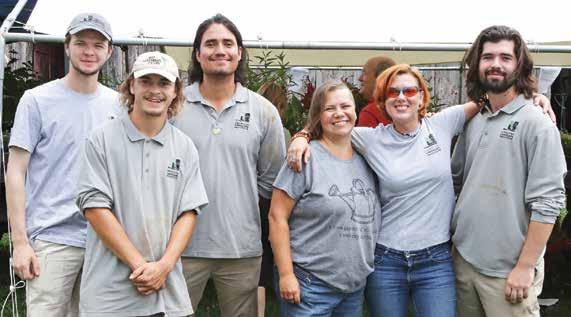
Cultivating the Next Generation of Horticulture Professionals

The American Landscape Institute (ALI) and the Community College of Baltimore County (CCBC) have created a 2-year Horticulture scholarship program. ALI is a first-of-its-kind training and development program for the Horticulture and landscape industry. Sponsoring nursery, landscape, greenhouse, and public garden businesses employ participating students, providing crucial work experience. Students attend CCBC and pay just 20% of the tuition to ALI. Upon completion of the program 100% of the student’s contribution is returned to them. On the job training begins Spring/Summer 2022. Classes begin September 2022. Graduates earn a 2 Year Certificate in Landscape Installation, Maintenance, and Design from CCBC.
DONATE TODAY THANKS TO OUR DONORS
Please donate to help our program grow! The American Landscape Institute is a non-profit organization and donations are tax deductible. You can donate online, or mail checks to P.O. Box 52, Monkton, MD 21111.

Visit the ALI website to learn more!
http://www.american landscapeinstitute.com
PLATINUM
GOLD
Nursery Sales Associates Roland Harvey Peter and Millicent Bain
William T. King, Inc. BRONZE
George Mayo
If you have a current employee that would benefit from the ALI Program or want to participate by hiring a student, call 410-688-5115 or email martha@americanlandscapeinstitute.com.
Congratulations!
Congratulations to our newly-minted Certified Professional Horticulturists

after passing the Basic Exam in Fall of 2022.

Jennifer Crumley

Kristine Devine
Solomon Foster
Lisa Garmoe
Daniel Soresi
Dorothy Valakos MNCPPC – PG County
Great American Landscapes, Inc.
National Gallery of Art
Patuxent Nursery
MNCPPC – PG County"
Demeter Design Sustainable Landscapes
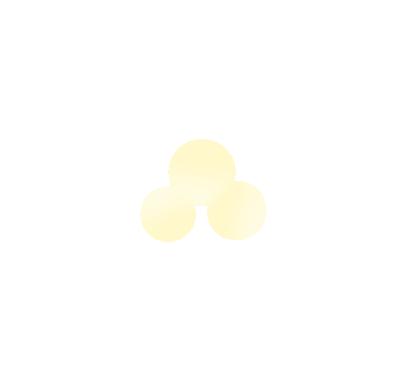
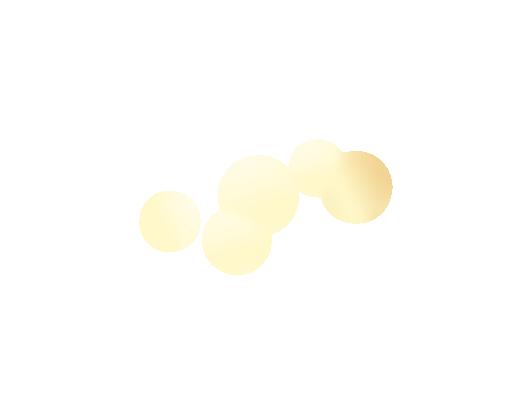
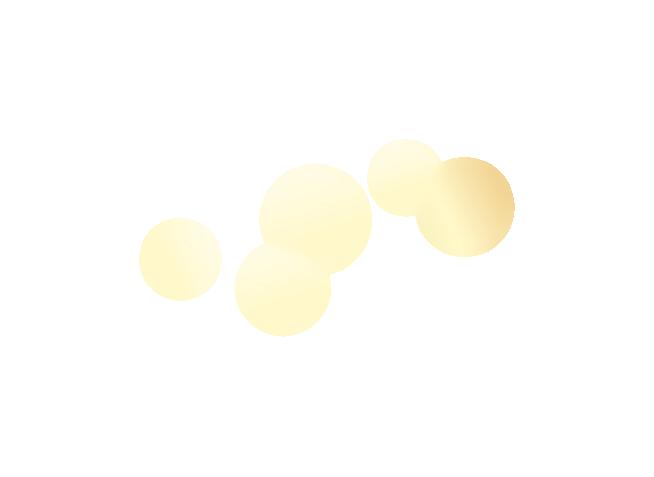
The upcoming dates for the next Basic Exams are online during the timeframes of January 23-27, 2023, May 15-19, 2023 and October 15-19, 2023. CPH program and application information is available at mnlga.org.





AFFINITY PROGRAMS
Get More Out of Your Membership
The MNLGA is constantly figuring out new ways to serve and benefit our membership. One of the ways that we do this is through our comprehensive Member Benefit Affinity Program. The following organizations below "have offered exclusive discounts and packages for MNLGA members. For many of these benefits, one order will “pay-back” your annual dues!
Office Depot • Free next day shipping on orders of $50 or more • 20% - 55% off core office supply items • 5% - 10% off virtually all Office Depot
Office Max Products • Average 10% off 200 technology items • Special pricing on print and copy: $.22 color; $.025 black and white; and 40% off finishing services • And More!
PartnerShip • Discount shipping program through
AmericanHort partnership • Small package shipping discounts; significant carrier discounts; reduced truckload shipping; and expedited/guaranteed/tradeshow shipping services • No minimum volume requirements Service First Processing • Savings on credit card and electronic payment processing • Unique savings proposal based on your business needs • 15% of the net processing revenue that SFP generates from your account will be rebated back to you annually • Free equipment loaner program • Free online reporting
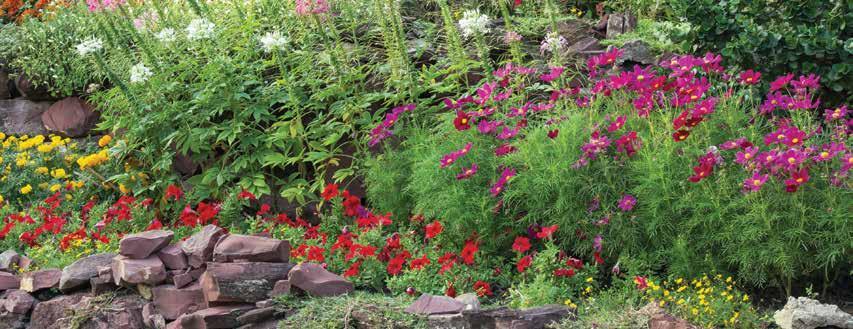
TireBuyer.com • Save 10% on any order • In most cases—Free shipping to your home or local installer! • Over 110 warehouses in the US with over 8,500 nationwide installation } partners Landscape Management Network • Free LMN Budgeting software license (LMN is the #1 business management software in the industry) • 5% off LMN Professional Software
License • Promotional savings off QuickBooks
Enterprise subscription • Educational events throughout the year
Farm Bureau Looking for even more discounts and savings programs? Access the Maryland Farm Bureau for additional savings and discount programs. Not a member? Consider joining! The MNLGA is a proud member of our local Farm Bureau—and you should be too! Annual membership costs $80 or less. Plant and Supply Locator • FREE Business/Plant Listing in print and online! • One FREE banner ad with your listing • FREE subscription to Plant & Supply
Locator—and you’ll have access both print and online
For full program description, discounts offered, and access to program contact information, log into the MNLGA membership portal on the MNLGA website. Portal access is located on the upper right hand corner of all pages of the website. If you do not recall your access credentials, simply select the link, “Forgot Your Password,” and you will be given instructions on how to proceed.








